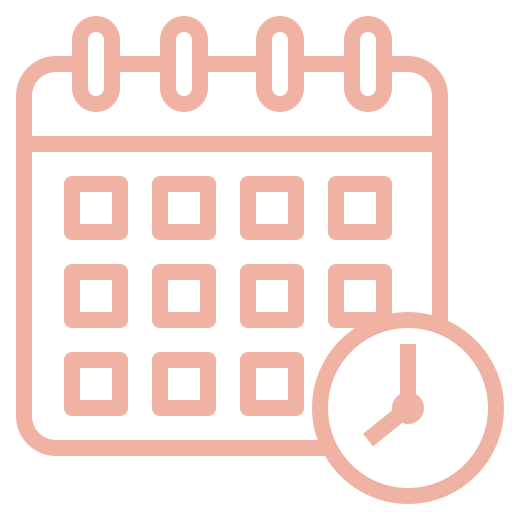Overactive Bladder
Overactive Bladder
What is Over Active Bladder (OAB)?
Over active bladder is a condition where urinating (needing a wee) happens more frequently then it should. If you need to wee more than 7 times per day and are waking more than once per night to go to the toilet you may have OAB.
With OAB it not only do you feel the need to go (frequency) but you also may feel a sense of urgency to go (need to go straight away – difficult to hold) this is mainly driven by fear and anxiety rather than a physical need to go.
OAB is common and estimated to effect 11% or people in the UK – more than Diabetes. Your bladder is controlled by your nervous system – parasympathetic nervous system increases bladder contractions.
As the bladder contracts it sends a message to the brain to empty the bladder – even if there is only a small out of fluid/urine remaining. Medication prescribed for OAB helps to down-regulate the parasympathetic nervous system.
What is Normal?
The bladder can hold on average 400-600ml of fluid before it is full. However in patients with OAB you might feel the urge to urinate at a much lower volume e.g. 100ml. There is always some fluid remaining in the bladder as it begins to fill immediately after it has been emptied. That means when you go back to the toilet there will always be some urine coming out.
Going to the toilet “just in case” is a common symptom of OAB. Planning your journeys around access to a toilet and going to the toilet whenever it is accessible – in case you need to go later! This creates bad habits and behavioural patterns for your bladder control.
Over time this may create high tone (tension) in the pelvic floor and leakage may start to occur later down the line.
Treatment Options for OAB
See your GP for urine and blood test to test for infection, Diabetes and renal function. You may be referred for Ultrasound scan of the Kidneys and Bladder.
Urodynamic testing (measure bladder volume) may be recommended but conservative treatment is recommended as the first option, it is less invasive.
Conservative Treatment
- Medication – Anticholinergic medication (also known as antimuscarinic medication) such as oxybutynin, tolterodine and Solifenacin are the most common medications prescribed for OAB – to reduce the effect of the parasympathetic nervous system on the bladder.
- Maintain a healthy weight (lose weight if needed).
- Stop smoking.
- Monitor fluid intake 1.5-2L per day.
- Avoid alcohol.
- Avoid caffeine including coffee and fizzy drinks.
- Bladder training.

Physiotherapy for Overactive Bladder / Bladder Training
First we will ask you to complete a bladder diary for 3 days – including amount and type of fluid and food intakes, the number of visits to the toilet and the volume of urine.
Train the muscles – Treatment includes pelvic floor muscle assessment and exercises to strengthen them or relax them.
Train the brain – When you feel the urge to go to the toilet try to refrain. SQUEEZE YOUR PELVIC FLOOR 10 TIMES. Wait for 90 seconds for the urge to subside then calmly walk to the toilet. Practice this approach for 2-3 weeks then repeat the bladder diary so we can compare the data.
You may have some leakage in the early days – because your body is not accustomed to waiting/holding. Now we are training your nervous system, your pelvic floor muscles, your spinal reflexes and your fear/anxiety of “needing to go NOW”.

Book A Consultation
You can book a Physiotherapy consultation with us today – at a time and date that suits your schedule. Click below to begin.

